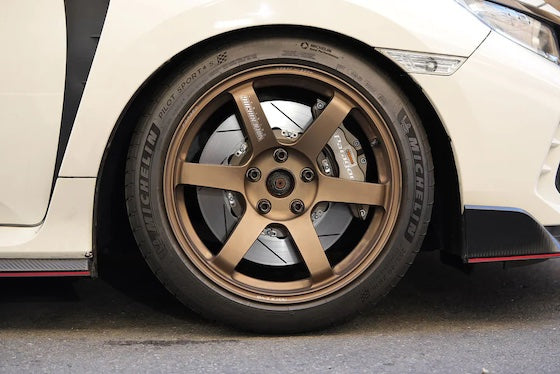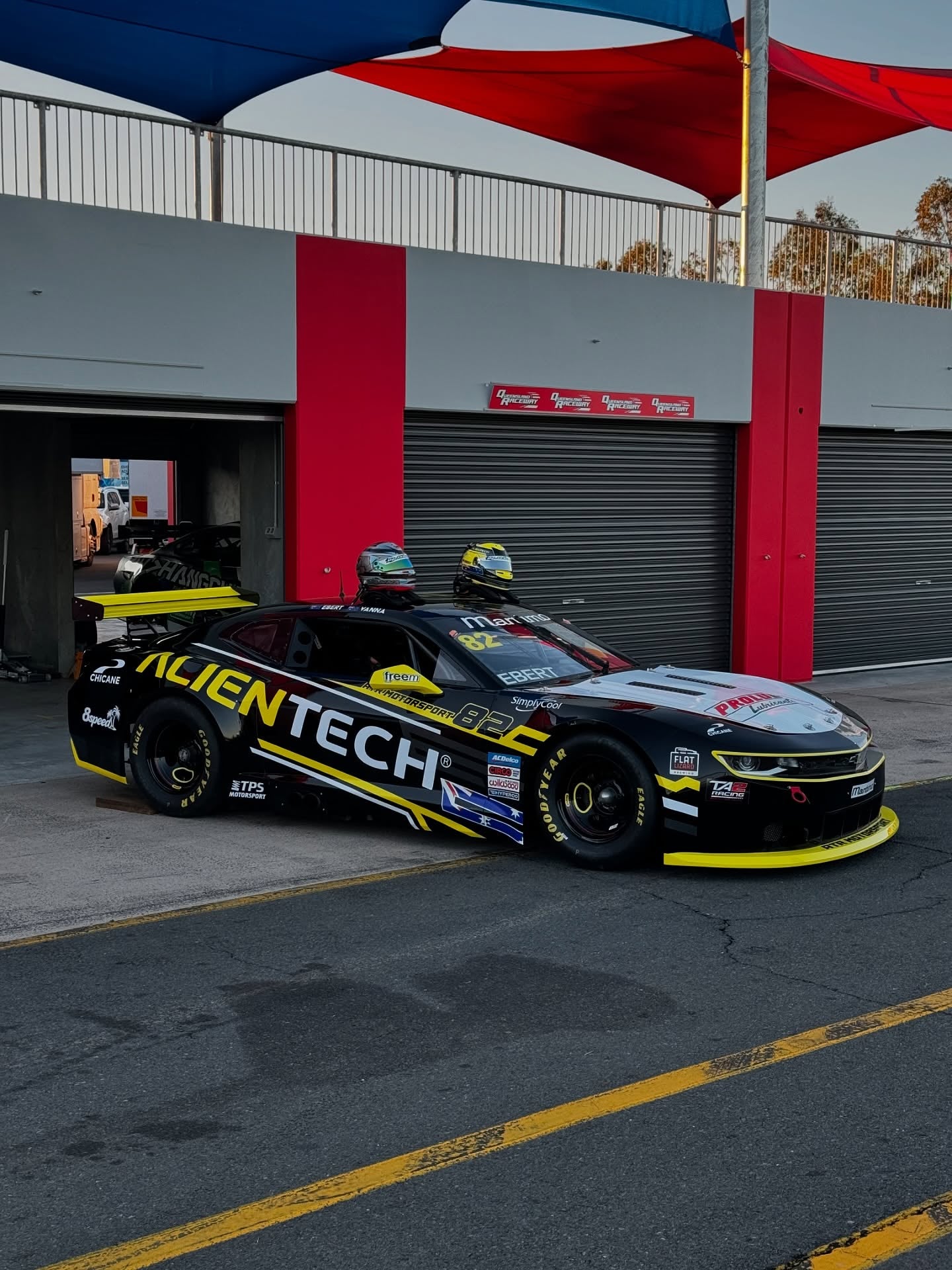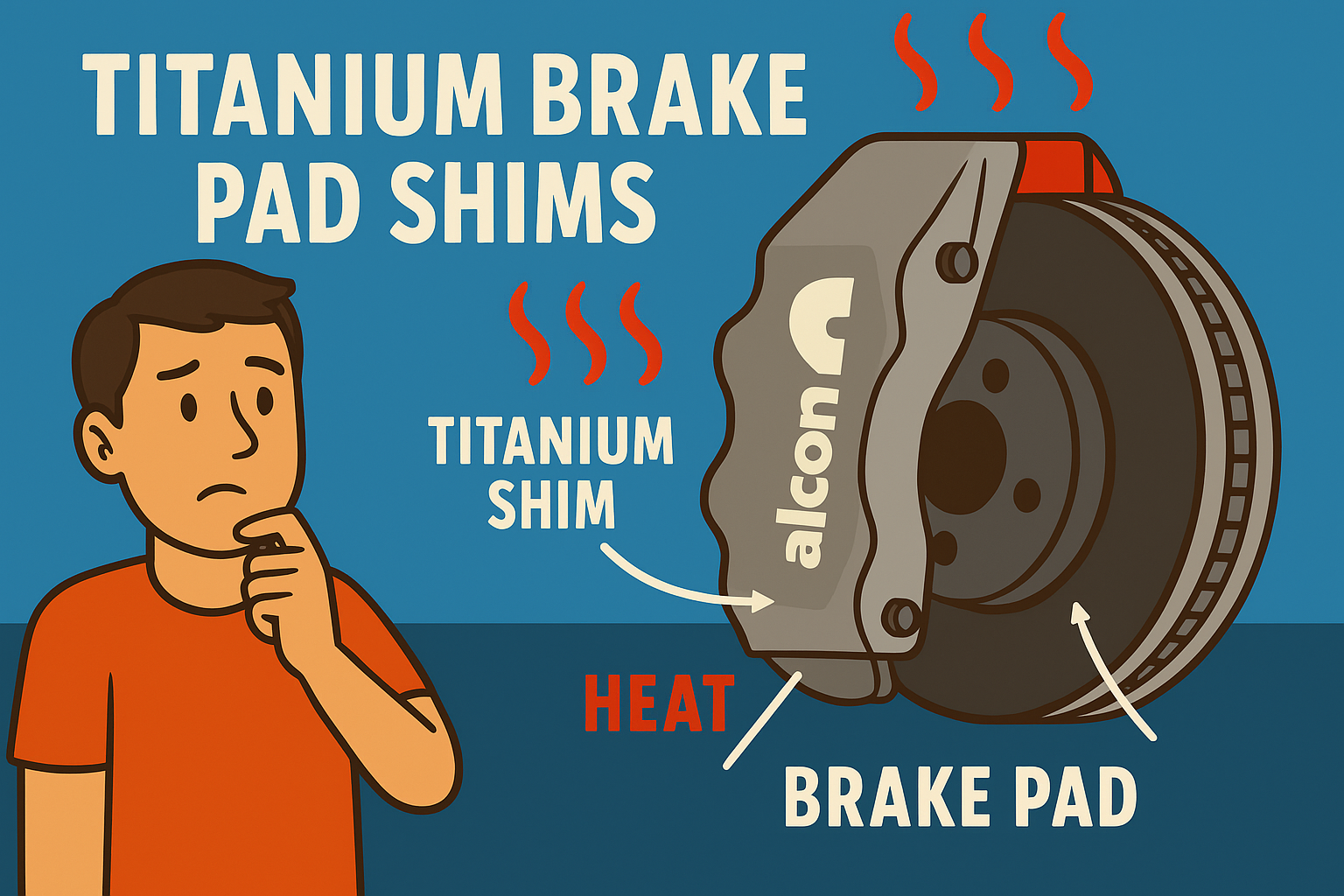APR GTC 200 Wing WTAC Tuner Class Ready Aero Solution
Updated 27 September 2025
The APR GTC 200 wing is a precision engineered aerodynamic device that delivers real track proven downforce while remaining practical for day to day driving. It suits World Time Attack Challenge Tuner Class builds and drivers who want added stability for spirited driving and track days.
Why aerodynamics matter
At higher speeds tyre grip alone is not enough. Aero grip uses airflow to create a pressure difference. Lower pressure above the wing and higher pressure below it produce downforce that presses the car into the road and improves cornering stability and braking.
WTAC Tuner Class compliance
As of 27 September 2025 the rulebook requires that rear wing elements do not extend beyond the perimeter of the bodywork when viewed from above which means they must not protrude past the rear bumper. The GTC 200 is sized to meet this requirement when installed correctly. Always verify the latest rules here: WTAC Rules PDF.
CFD evidence at a glance
The performance data and images below illustrate behaviour at 130 km/h 190 km/h and 257 km/h.




Key technical features
- Pre preg carbon fibre construction that is light and stiff and autoclave cured for strength
- Adjustable angle of attack from zero to fifteen degrees for precise tuning
- Optimised endplates that reduce wingtip vortices and improve stability
- Optional gurney flap that boosts downforce at lower angles
Real data in metric units
Downforce and drag are shown in kilograms. Speeds are in kilometres per hour. L over D is the downforce to drag efficiency ratio and higher values mean better efficiency. Figures are presented for 130 190 and 257 km/h.

| Speed km/h | AoA ° | Downforce kg | Drag kg | L over D |
|---|---|---|---|---|
| 130 | 0 | 3.6 | 3.8 | 0.89 |
| 5 | 27.2 | 4.8 | 5.69 | |
| 10 | 51.3 | 5.9 | 8.39 | |
| 12 | 64.9 | 6.4 | 9.31 | |
| 190 | 0 | 7.7 | 8.6 | 0.91 |
| 5 | 63.5 | 11.1 | 5.69 | |
| 10 | 119.3 | 13.1 | 8.35 | |
| 12 | 150.5 | 14.4 | 8.99 | |
| 257 | 0 | 13.6 | 14.5 | 0.94 |
| 5 | 113.5 | 19.1 | 5.95 | |
| 10 | 213.4 | 22.3 | 9.59 | |
| 12 | 270.2 | 24.1 | 11.23 |
Key findings At 190 km/h and twelve degrees the wing delivers about 150.5 kg of downforce with only 14.4 kg of drag. At 257 km/h and twelve degrees this rises to roughly 270.2 kg of downforce while drag remains relatively low at 24.1 kg which maintains excellent efficiency for high speed stability.


Gurney flap performance
The tapered gurney flap increases low angle performance so the wing can produce meaningful downforce even near neutral angle. At very high speeds such as 257 km/h the added stability in heavy braking zones makes the gurney a valuable option for competition cars.

| Speed km/h | Angle ° | Downforce kg | Drag kg | L over D |
|---|---|---|---|---|
| 130 | minus 2 | 59.7 | 5.5 | 10.8 |
| 190 | minus 2 | 134.0 | 12.4 | 10.79 |
| 190 | 4 with gurney | 161.2 | 16.0 | 9.14 |
Tuning recommendations
| Use case | Recommended AoA | Notes |
|---|---|---|
| Street and highway | minus 2 to 0 | Lowest drag with stable feel |
| Track day mixed circuits | 2 to 5 | About 63 to 113 kg at 190 km/h with good balance |
| Competition and WTAC | 4 to 6 | Maximum grip for braking and fast corners. Match with front splitter or canards |
Why choose the APR GTC 200
- WTAC legal when installed within the rear bumper plan view
- Proven performance with real numbers in metric units
- Versatile and adjustable for road track and competition
- High efficiency with L over D commonly above nine in performance settings
Final thoughts
The APR GTC 200 wing is a serious aerodynamic upgrade. It delivers real downforce clean airflow and stable handling while staying practical for daily use. For Australian drivers who want confidence on the highway and faster lap times at the track this wing is a smart and legal choice.
Ready to set up your car Tell us your vehicle model current mods and home circuit and we will recommend the correct kit installation support and a starting angle so your GTC 200 works exactly as intended.




